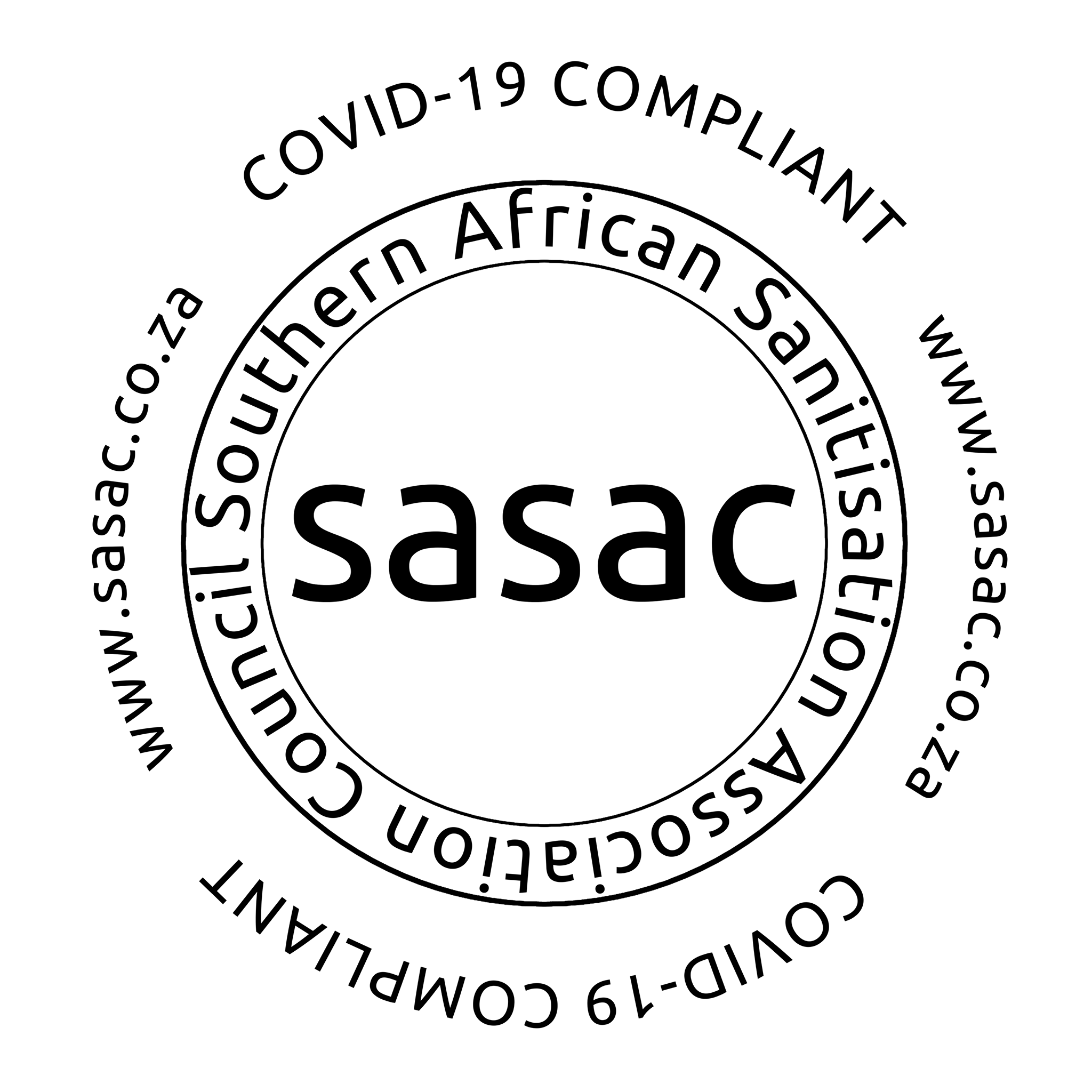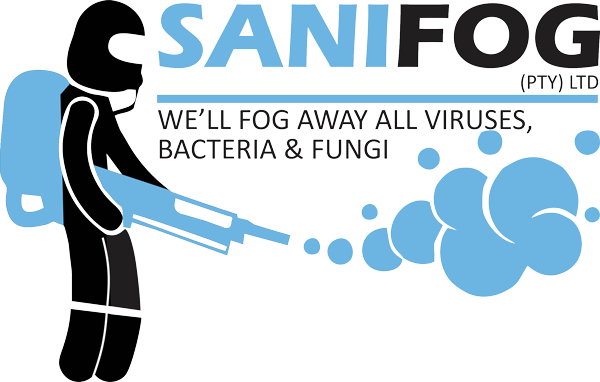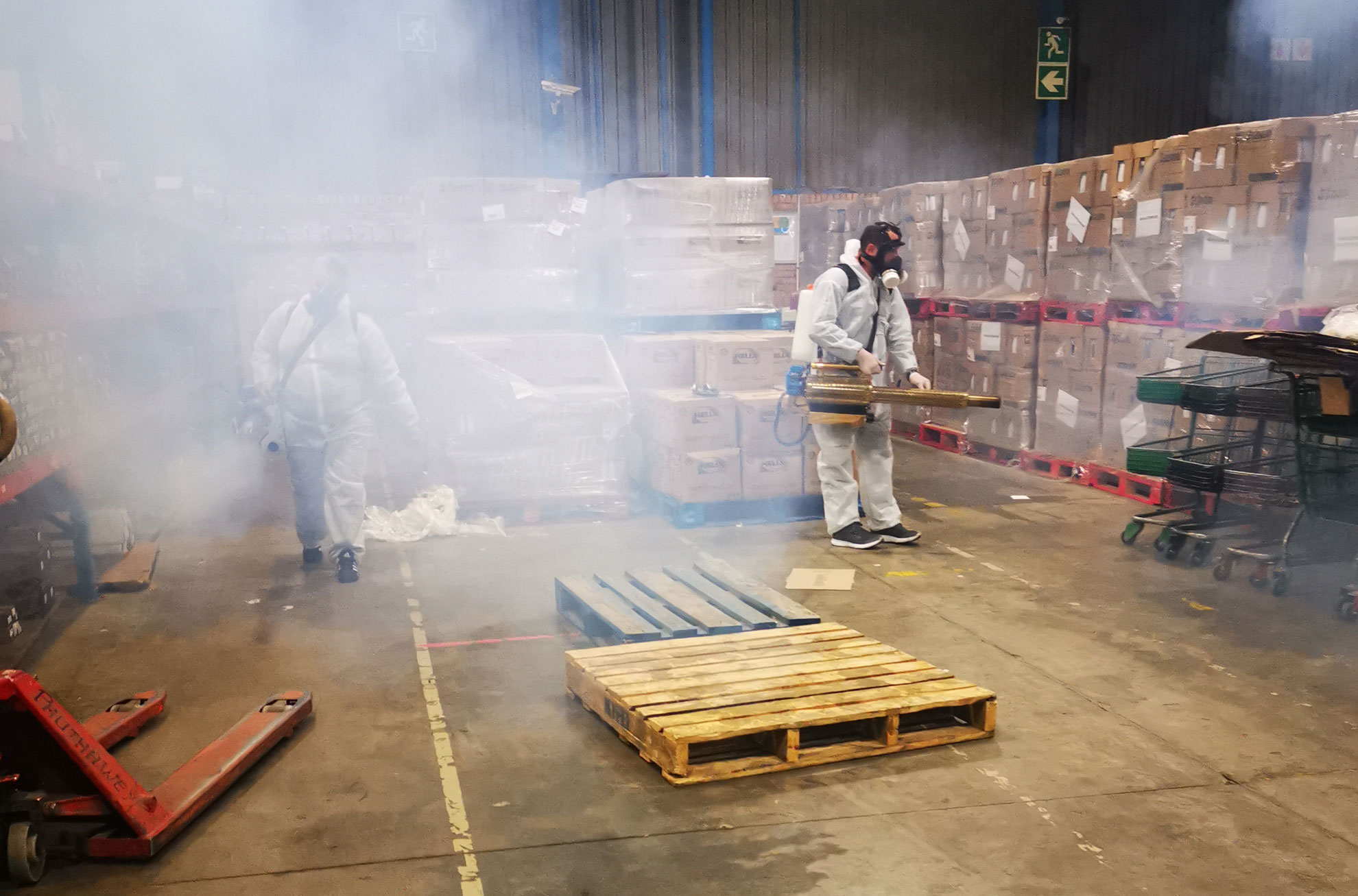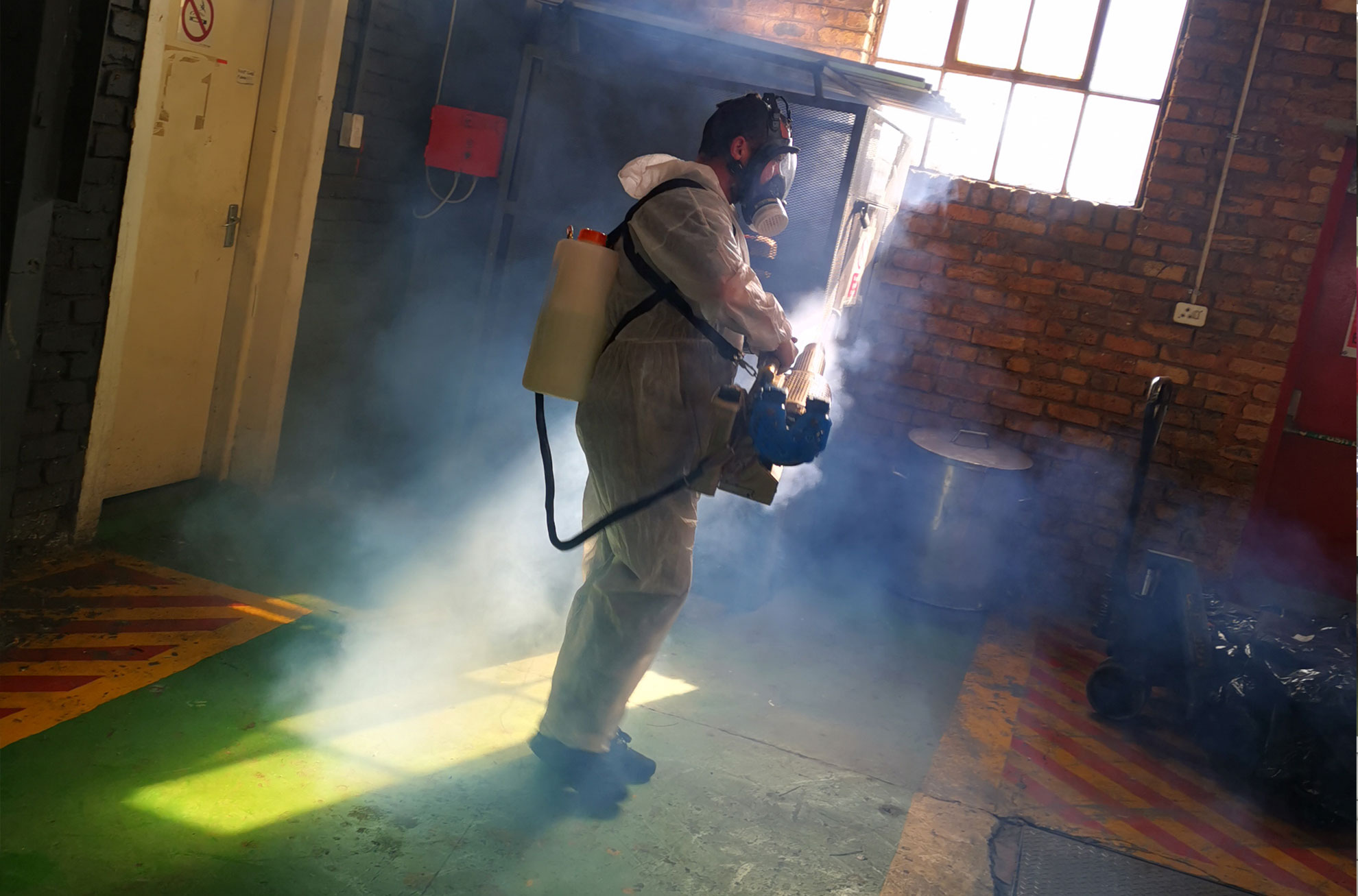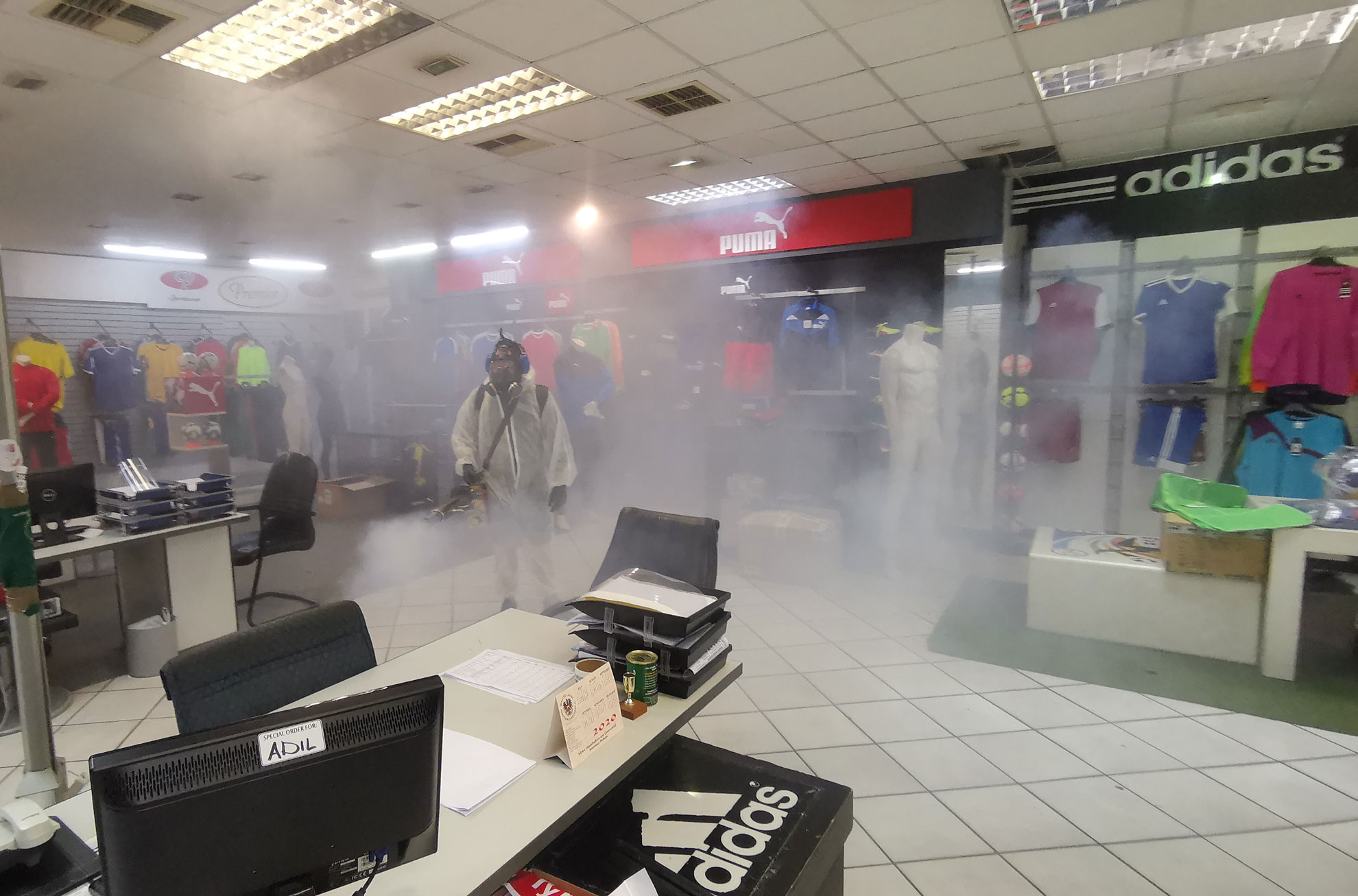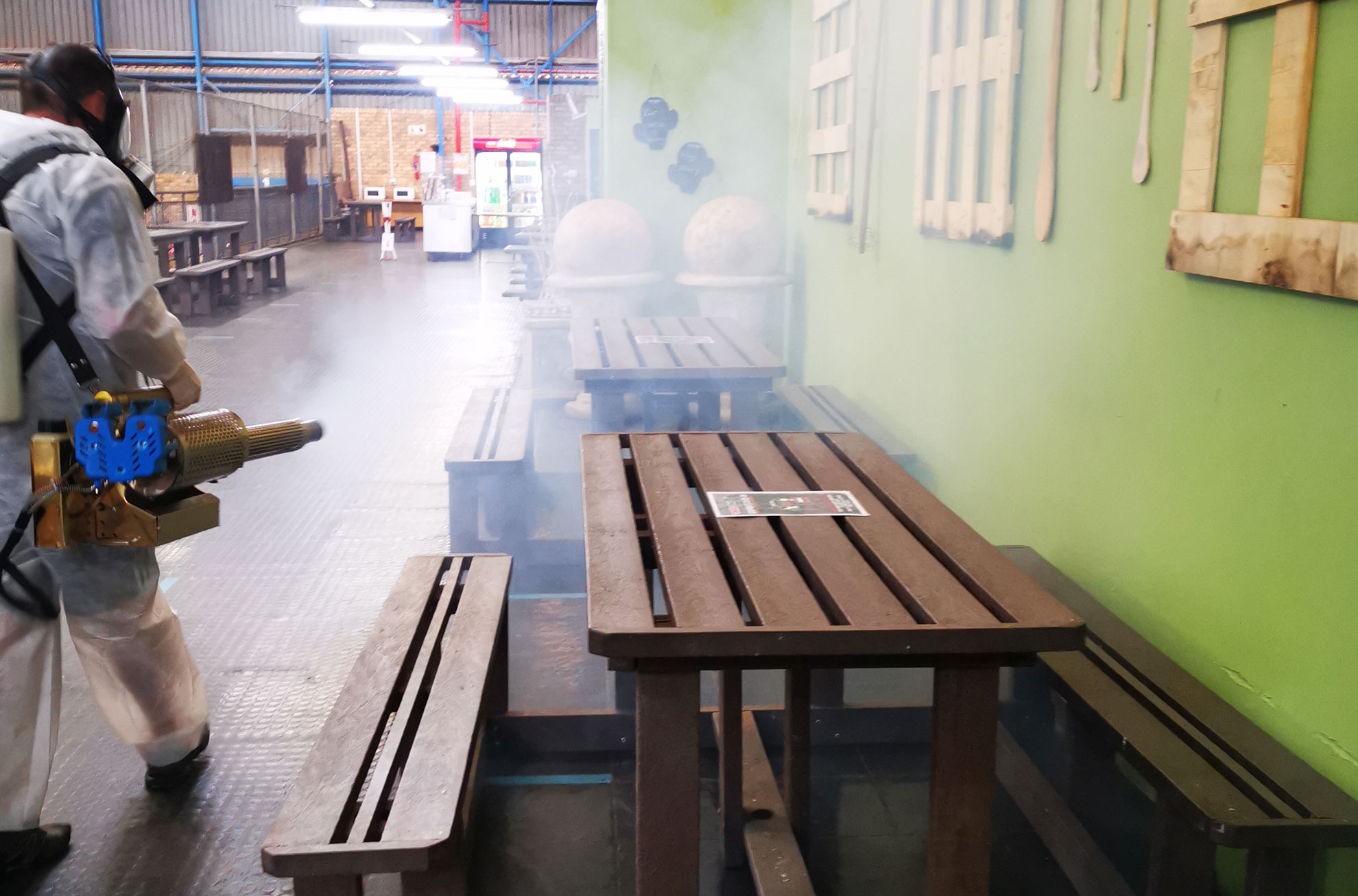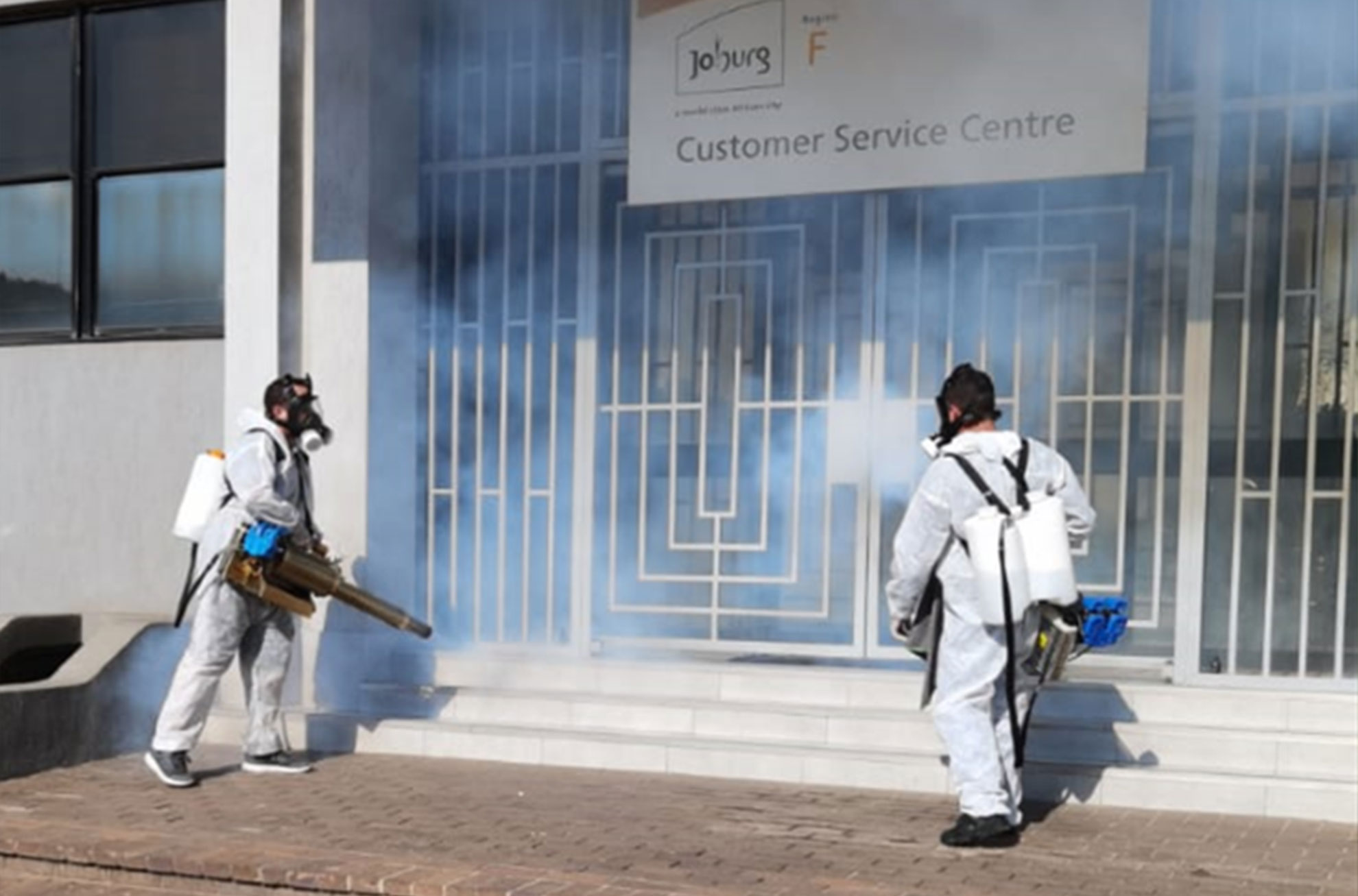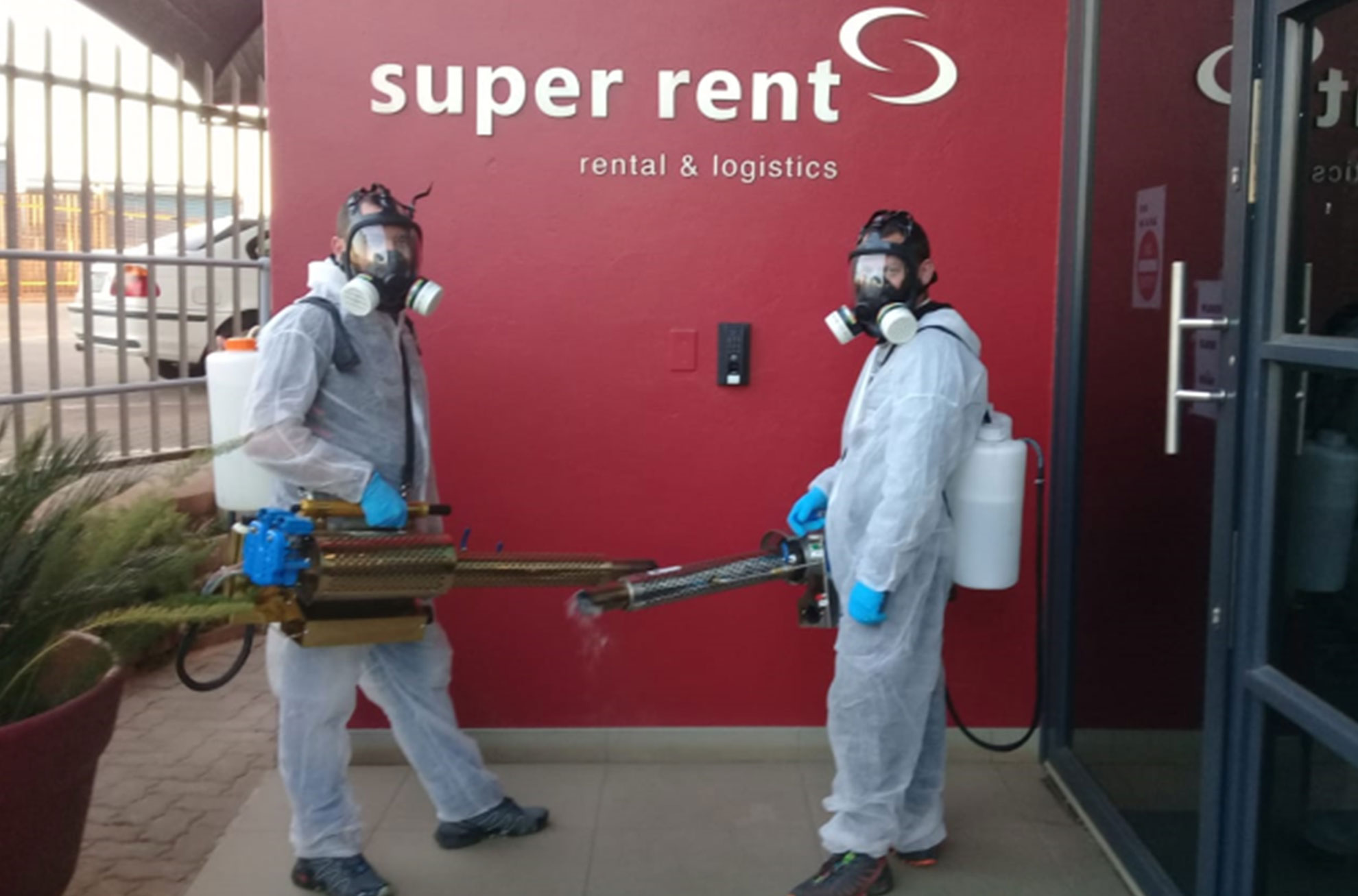About Us
Mission Statement
“Efficient service delivery is extremely important to us, and as such we are committed to providing this service in a timely manner.
Our clients come first! We are personally involved in and dedicated to meeting their every requirement. We will use the vast knowledge of our industry that we have acquired to advise our clients of solutions best suited for them in their specific industries. Mindful of clients various budget constraints, we aim for the most cost effective solutions yet still deliver an authentic service!
Sani Fog (Pty) Ltd is passionate about what we do. We are committed to being transparent and honest in every aspect of our day-to-day business interactions.
Our business is run with a high level of integrity and therefore all client and supplier information is handled in an ethical and confidential manner. You have our assurance that as our client, you will be treated with the utmost respect at all times.”
SASAC Compliant and NRCS Registered
Chemicals & Applications
How can you measure the efficacy of disinfection?
Our Chemical is locally manufactured and widely used to disinfect the highly sensitive poultry houses around the world. At the poultry houses, the disinfection is primarily done to kill viruses, but also kill bacteria and fungi.
Frequently, bacteria can be used as an indicator of viral quantity, and are a recognised measure of disinfectant efficacy. This has been extensively used in science, and there are many well-documented examples of the practice. In principle, if you reduce the bacterial load in a house by 90%, you can expect that you have done the same in reducing the virus amount.
The only way you can determine the reduction of the bacterial amount is to take the count of the bacterial load before disinfection and compare it to your reading after disinfection. The difference in the reading is also a measure of the % reduction of viruses. It is important to note that the standardisation of the timing of the swabbing after disinfection is important if consistency is to be attained (usually 1 hour after application or longer if surfaces are not yet completely dry). The minimum acceptable percentage decrease in virus load is 95%, with 99.9% being the ideal goal. Any less would be an unacceptable compromise of hygiene standards.
